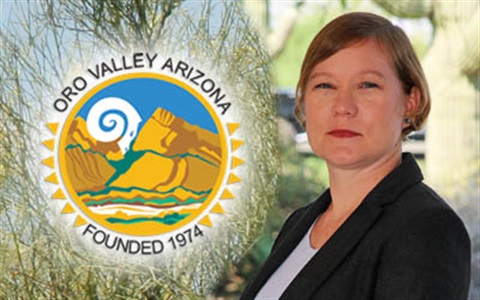September is National Preparedness Month (or the Hindsight of 2020)
Published on September 03, 2020

Think back to January 1, 2020. The world was welcoming in a brand new year; the stock market was soaring; and the future was so bright, we’d all have to wear shades. Except that on New Year’s Day, few people were anticipating supply shortages, and a few months later most of us were waiting in line to buy toilet paper. What a year it’s been, and it’s only August.
Our lives have been built around continuity. Flip the light switch and the lights go on. Turn on the faucet and water runs. Before COVID-19, we went to the grocery store and the shelves were stocked. We traveled. We went to movies, concerts and sporting events. Students were in school, not learning at home. The pandemic has upended our daily lives, but it’s also demonstrated that with a little preparation, we can minimize the effects of disasters—big and small—on our lives.
September is National Preparedness Month. And if the past several months have taught us anything, it’s that we can always be more prepared, not just in response to the “disaster du jour” but as a part of our day-to-day lives. Emergencies can and will happen. To prepare for any break in continuity the first step is to make a plan. Work with your family to create a plan and then make sure everyone in your household, as well as other family members and friends, knows your plan. Start with these questions:
How will I receive emergency alerts and warnings?
For emergency alerts and warnings, Oro Valley residents should sign up for the Town’s CodeRED emergency notifications. Pima County residents should sign up for the county’s Everbridge notification system. Both services are free to the public, and we recommend you sign up for both. These are not news services; they’re notifications from emergency officials about time-sensitive general and emergency information, such as potential hazards, evacuations, etc. For news, follow local government agencies and media outlets on social media, such as Facebook, Twitter and Nextdoor.
What is my shelter plan?
Choosing to take shelter is necessary in many emergencies. This can mean stay-at-home, seeking out a mass care shelter or sheltering-in-place. Each of these three shelter options has its own set of requirements and guidelines. Visit ready.gov/shelter to learn more.
What is evacuation?
Emergencies may require that you evacuate. In some cases, you may have a day or two to prepare, while other situations might require an immediate evacuation. If you followed the Bighorn Fire this summer, the Town and County provided “Ready, Set, Go!” notifications to those affected. “Ready” indicated you should be aware of potential hazards. “Set” meant to be alert. “Go!” informed residents to evacuate due to imminent and life threatening danger. To prepare for evacuations visit ready.gov/evacuation.
What is my family/household communication plan?
Begin with these questions: “What if something happens and I’m not with my family?” “How will I know they are safe?” “How can I let them know I’m OK?” During a disaster, you will need to communicate with your family. We typically rely on cell phones and email, but what if those systems aren’t working? Advance planning will enable your family members to communicate during an emergency. Start with these steps:
- Collect – Create a paper copy of your family’s contact information, and let’s be honest, how many people have actually memorized these phone numbers? Write out a list and include other important people/offices, such as doctors, friends, etc.
- Share – Make sure everyone carries a copy in their backpack, purse, or wallet.
- Practice – Have regular household meetings to review and practice your plan.
Do I need to update my emergency preparedness kit?
During and after an emergency, you may need to survive on your own for several days. Preparedness means having enough food, water, medication and other supplies (like toilet paper and cleaning products) on hand. If you have pets, you should also have supplies for your feathered and fur friends too! COVID-19 has shown us that some items might be completely out of stock in stores or online. And they may be unavailable for months. Evaluate the needs of your family and determine how many days’ or months’ worth of essential supplies you need to have available. For a complete list of items to have on hand, visit ready.gov/kit.
Do I need to update my emergency plan due to coronavirus?
Emergency plans should be updated regularly and be flexible. Update your plan as needed as a result of an emergency. The many unknowns associated with coronavirus certainly present a continued disruption to our lives. It looks like social distancing, masks, washing hands, staying at home when sick, and limitations on gatherings will continue to be part of a new normal, however temporary that may be. For updates on COVID19, visit the Centers for Disease Control and the Arizona Department of Health Services.
Between COVID-19, the Bighorn Fire, and potential for post-fire flooding, this year has shown that emergencies can and will happen here. With a little planning, you can be better prepared for any emergency or whatever curveballs 2020 decides to throw at us. Take time during September or National Preparedness Month to make a plan, build a kit, and prepare for disasters. For more information on the Town of Oro Valley’s preparedness, visit www.orovalleyaz.gov/Community/Emergency-Management
By Char Ackerman, MPA, CEM, MEP, Oro Valley Emergency Management & Safety Coordinator - Explorer Newspaper, 9/2/20